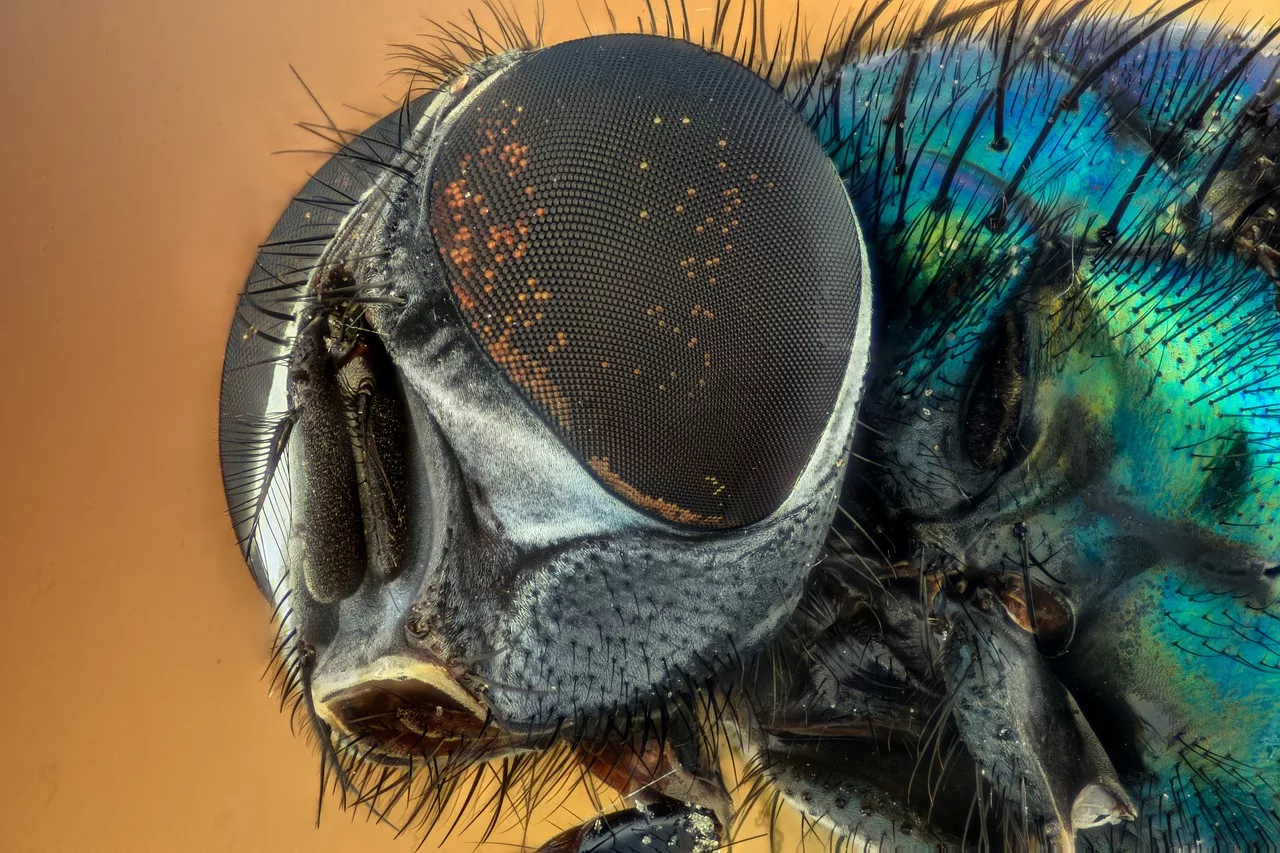Introduction: Delving into the Arabic Names of Tiny Marvels
Are you fascinated by the world of insects and eager to expand your Arabic vocabulary? In this article, we’ll delve into the realm of entomology, embark on a fascinating journey as we delve into the world of insects and invertebrates in Arabic. Together we will uncover the intricacies of these miniature wonders, exploring their names, how to say ants and bees in Arabic and the cultural significance they hold in the Arabic language.
Table of Contents
Insects and Invertebrates in Arabic: A Visual and Phonetic Odyssey
Embark on a visual and phonetic odyssey with a comprehensive guide to the Arabic names of various insects and invertebrates. Each entry is paired with vivid images, creating an immersive learning experience for enthusiasts and language learners alike.
When it comes to Arabic insect names, it’s essential to start with the basics. Begin your journey by learning the fundamental Arabic vocabulary for bugs. Common insects, such as ants, bees, and butterflies, each have their unique names in Arabic.
Let’s break it down further:
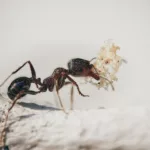 |  | 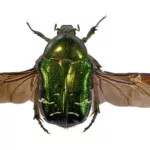 |
| 1. Ant | Naml | نمل | 2. Butterfly | Farash | فراش | 3. Beetle | Khonfos | خنفس |
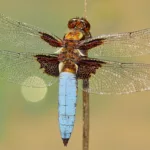 | 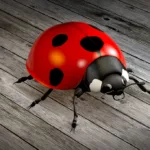 | 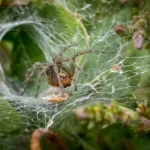 |
| 4. Dragonfly | Ya’soub | يَعسُوب | 5. Ladybug | Do’souq | دعسوق | 6. Spider | Ankabut | عنكبوت |
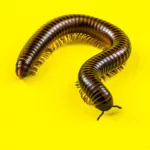 | 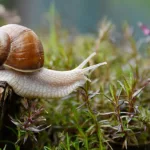 | 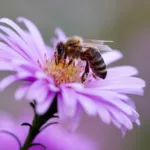 |
| 7. Centipede | Umo arba’a wa arba’in | أم أربعة وأربعين | 8. Snail | Halazoun | حلزون | 9. Bee | Nahl | نحل |
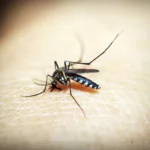 | 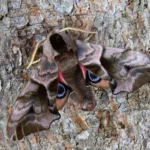 | 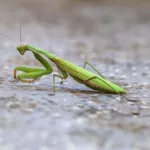 |
| 10. Mosquito | Ba’oud | بعوض | 11. Moth | ‘Ath | عث | 12. Praying Mantis | Sor’ouf | سرعوف |
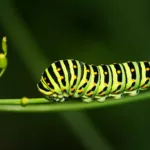 | 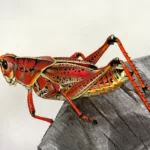 | 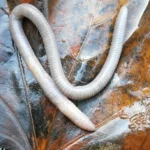 |
| 13. Caterpillar | ‘Osrou’a | أُسروع | 14. Grasshopper | Jondob or Jarad | جندب أو جراد | 15. Worm | Doud | دود |
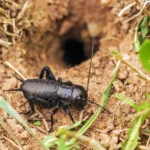 | 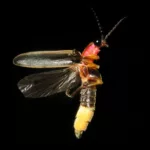 | 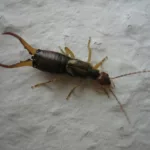 |
| 16. Cricket | Sarrar | صرار | 17. Firefly | Yara’ | يراع | 18. Earwig | Abu miqass | أبو مقص |
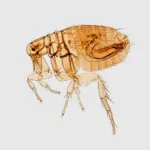 | 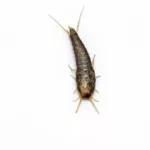 | 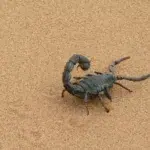 |
| 19. Flea | Barghouth | برغوث | 20. Silverfish | Samak Fiddi | سمك فضي | 21. Scorpion | Aqrab | عقرب |
Insects Arabic Vocabulary : Impact on Language Skills
For language enthusiasts, learning this Arabic insect names list enhances language skills. It offers a unique perspective on the intersection of language and nature.
Conclusion: Appreciating the Microcosm
As we conclude our exploration of insects and invertebrates, take a moment to appreciate the intricate beauty of the microcosm. Let the knowledge of Arabic names for these tiny marvels enrich your language journey, fostering connections and understanding.
If you found this guide insightful, share it with fellow nature enthusiasts! Let the journey into the Arabic names of insects inspire curiosity and appreciation for the intricacies of the natural world
Hungry to explore more and dive deeper into the captivating world of Arabic names of animals. Happy exploring!
Frequently Asked Questions about Arabic Names for Insects and Invertebrates
Navigate through commonly asked questions, offering insights into regional variations, pronunciation tips, and recommended resources for further exploration.
Q1. How many words are there for “Ant” in Arabic?
In Arabic, the word for ant is “نمل” (Namal).
Q2. Are insects culturally significant in Arabic-speaking regions?
Yes, insects hold cultural significance, with names often intertwined with stories, beliefs, and symbolism.
Q3. What is the importance of learning Arabic names for insects?
Understanding these names fosters cultural enrichment and ecological awareness, connecting language with biodiversity.
Q4. Can Arabic names for insects vary in different Arabic-speaking regions?
Yes, regional variations exist, adding diversity to the Arabic language’s insect nomenclature.
Q5. Do Arabic names for insects have symbolic meanings?
Absolutely, many names carry symbolic meanings, reflecting the cultural and ecological roles of these creatures.
